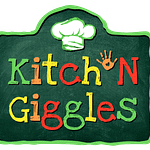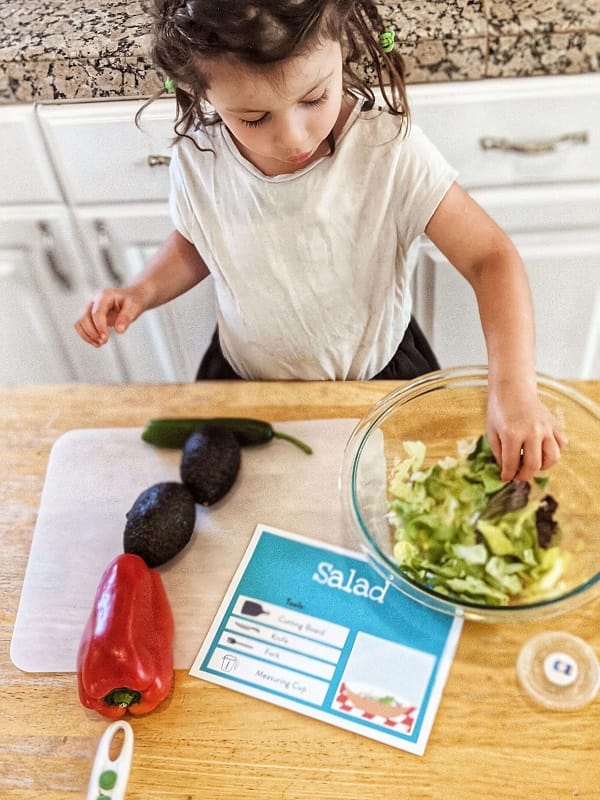Topic you're covering and the word Beginner's Guide
Dehydrated people are cranky people. We all have experience dealing with thirsty, tired kids. So what is the best option when it comes to re-hydrating?
Here’s a quick run-down on some of the most popular drinks for kids.
Water
The most obvious choice, nutritionally, is water. The Academy of Nutrition and Dietetics recommends that kids ages 4-8 drink 7 cups of water each day.
This may seem like a lot, especially since a little more than half of all children do not get enough water. What’s even more jarring is that a quarter of children reported not drinking a single drop of plain water. The good news is that this problem is relatively easy to fix.

Why Water is the Ultimate Beverage
Not getting enough water is the root for several problems, such as cognitive decline, feeling less energetic, certain GI issues and many physical ailments. Kidney function, heart function and even headaches are all connected to hydration levels.
For kids in school, there are many areas in which hydration plays an important role. Kids who are well hydrated have better attention spans and memory recall than kids who are dehydrated. Also, kids (and adults) who are well hydrated are in better moods and feel more energetic.
Signs it's time to sip
It can be tricky to detect when a child is dehydrated. Mild dehydration has basically no symptoms.
Once a child is moderately dehydrated, some signs become more noticeable. Some things to look for are irritability, increased heart rate, and slightly sunken eyes.
If you’re not one of those parents who walks around with a heart monitor and sometimes think your kid is irritable for no reason, there are some less scientific things to notice.
Urine color is a good indicator of hydration level. Light yellow is the color you’re aiming for. Anything darker is a sign to get your drink on.
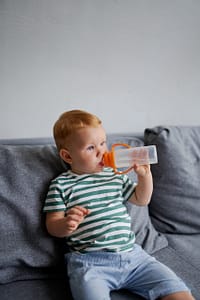
Tips for Drinking More Water
For many parents, the idea of having a child drink 7 cups of water is daunting. The good news is that this number is for all of the water that is found in everything your child eats and drinks during the day. So relax that you don’t need to pour half a gallon of it into your kids each day. There are many foods that contribute SIGNIFICANTLY to this 7 cup approximation. Here are some ways to help your family reach their hydration goals:
- In sight, in mind – The simple idea is that the more water your child has access to, the more she’ll drink. So bring a water bottle along to the park. Send a water bottle to school. Put a pitcher of it on the table during meals. When water is readily available, kids are more likely to drink it.
- Eat more watery foods. – Certain foods, like cheese, fruits and vegetables (AGAIN) and even ice cream contain water. And each drbe counts toward your daily total. Strawberries, watermelon and squash are all about 90% water. Yogurt, apples and oranges are about 80%. Meats are about 50%. And even pizza is about 40% water.
- All drinks count – Although water is the only beverage that is 100% water (Duh!), all drinks contain water. Milk and juice (and coffee!) are mostly water. So is soda, although it’s high in added sugars, so it should not comprise a significant part of anyone’s diet
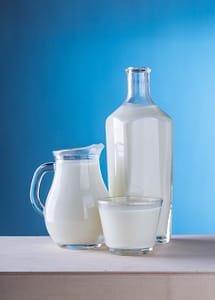
Milk
With 8 grams of protein and 30% of their daily calcium needs, milk is another great choice for growing bodies. Plus, it help contribute to your 7 daily cups of water.
Although cow milk isn’t for everyone. The best thing you can do is read the nutrition facts label. You want a plant milk that provides kids with protein (like soy milk) and is also fortified with calcium and vitamin D for healthy bones.
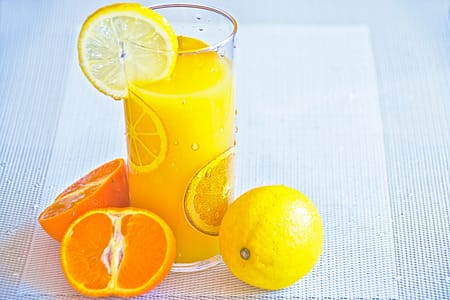
Fruit Juice
This one is definitely a crowd pleaser, but unlike water or milk, the nutritional content of juice is probably a lot less than you think.
What's In Juice?
A lot of fruit juice (think apple juice, OJ or grape juice) is made by separating out the liquid part of the fruit from the solid. So you get all of the flavor, but not all of the nutrients. Which is way it’s ALWAYS preferable to have orange slices over orange juice.
One you veer away from regular juice and start drinking things like “fruit punch” all bets are off. Often times these are actually partially juice and partially sugar. It’s always important to read the nutrition facts labels to see what’s in your juice box.
Words to Beware of
And there is a difference between fruit “juice” and fruit “drink.” Namely, the added sugar content.
Soda
Added sugar? Food coloring? Caffeine? There are so many mysteries when it comes to soda. So how can we make the best choice about this ubiquitous drink?
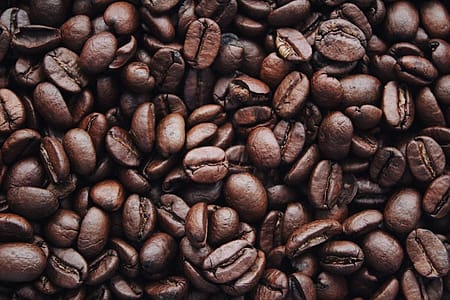
The Truth About Caffeine
What is the deal with caffeine anyway? Well, nearly 63% of children ages 2-5 consume caffeine each day. The good news is that there is no data supporting any harmful effects! One study even showed no connection between caffeine intake and children’s sleeping habits (although it was a small study). Another showed that contrary to popular belief, caffeine doesn’t cause young children to act any crazier. (They are that energetic on their own.)
So is it ok for kids?
The Academy of Pediatrics says that energy drinks with stimulants have no place in the diet of children.
Since most research is conducted in an adult population, its hard to determine a safe amount of caffeine for kids. In the US, the FDA does not offer a recommended daily allowance for kids. In Canada, however, the government suggests 45 mg a day, which is approximately the amount in one 12-oz can of soda.
So caffeine isn’t necessarily a bad thing, but we should definitely try to keep our kids’ intake to a minimum,
Added Sugar
The bigger issue with soda is that it’s mainly added sugar.
One of the reasons added sugar is such a concern is that it fills kids up so they aren’t hungry for the nutrients they need to grow. So that’s really a strong reason to discourage kids from drinking soda.
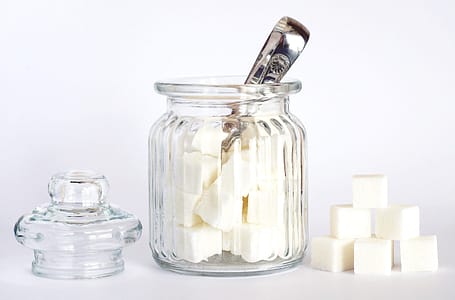
So what do we do about Soda?
Soda isn’t going anywhere. From movie theaters, to restaurants to birthday parties, kids can and will get their hands on this drink.
The biggest concern we should have about soda is the sugar content. That is hands down the thing we’d like our kids to avoid. You can try to encourage making sugar-free choices when possible (although sugar-free soda is NOT the equivalent of water, so there still should be limits for how much kids can have.)
The other difficulty with soda is how large the portions are. A standard 20 oz bottle contains 2.5 cups. Trying to encourage smaller portion sizes is another way to help kids consume less.
There really isn’t any good nutritional reason to encourage children drinking soda, ever. Water and milk are by far better options.
